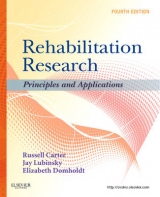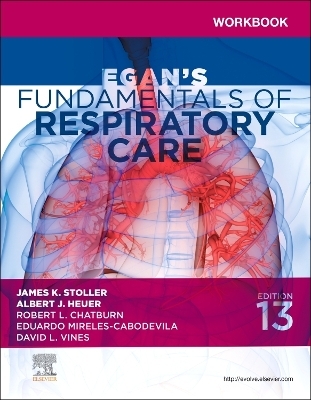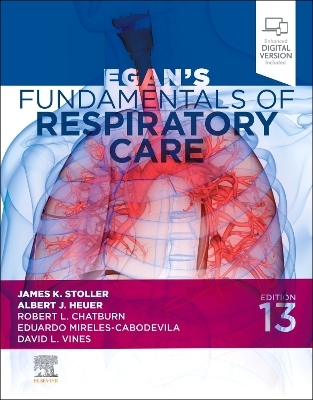
Rehabilitation Research
W B Saunders Co Ltd (Verlag)
978-0-7216-0029-1 (ISBN)
- Titel erscheint in neuer Auflage
- Artikel merken
This outstanding third edition features a framework for understanding and applying the systematic process of research. This edition keeps the reader apprised of the current and future focus of rehabilitation research and emphasizes the importance of the joint effort of the producers and consumers of research. In this edition, the author has taken an important leap from the context of physical therapy research to the broader context of rehabilitation research. The addition of research examples and research approaches used by occupational therapists, speech-language pathologists and audiologists, physiatrists, athletic trainers, and prosthetists and orthotists has added richness to the text. All of this plus a new chapter on Synthesizing Bodies of Evidence (26).
I. RESEARCH FUNDAMENTALS 1. Rehabilitation Research Definitions of Research Reasons for Developing Rehabilitation Research Barriers to Rehabilitation Research Status of Rehabilitation Research 2. Theory in Rehabilitation Research Relationships Among Theory, Research, and Practice Definitions of Theory Scope of Theory Evaluating Theory 3. Research Ethics Boundaries Between Practice and Research Moral Principles of Action Informed Consent Research Codes of Ethics Research Risks II. RESEARCH DESIGN 4. Research Problems, Questions, and Hypotheses Developing Answerable Research Questions Criteria for Evaluating Research Problems 5. Research Paradigms Quantitative Paradigm Qualitative Paradigm Single-System Paradigm Relationships Among the Research Paradigms 6. Design Overview Identification of Variables Design Dimensions Control 7. Research Validity Internal Validity Construct Validity External Validity Relationships Among Types of Validity 8. Selection and Assignment of Participants Significance of Sampling and Assignment Populations and Samples Probability Sampling Nonprobability Sampling Assignment to Groups Sample Size III. EXPERIMENTAL DESIGNS 9. Group Designs Randomized Controlled Trials Single-Factor Experimental Designs Multiple-Factor Experimental Designs 10. Single-System Design Problems with Group Designs Characteristics of Single-System Designs Single-System Designs Limitations of Single-System Designs IV. NONEXPERIMENTAL RESEARCH 11. Overview of Nonexperimental Research Description Analysis of Relationships Analysis of Differences 12. Clinical Case Reports Contributions of Case Reports to Theory and Practice Purposes of Case Reports Format of Case Reports 13. Qualitative Research Assumptions of the Qualitative Paradigm Qualitative Designs Qualitative Methods 14. Epidemiology Ratios, Proportions, and Rates Screening and Diagnosis Nonexperimental Epidemiological Designs 15. Outcomes Research Purpose of Outcomes Research Frameworks for Outcomes Research Measurement Tools for Outcomes Research Design Issues for Outcomes Research 16. Survey Research Scope of Survey Research Types of Information Types of Items Implementation Overview Mailed Surveys Internet Surveys Interview Surveys V. MEASUREMENT 17. Measurement Theory Definitions of Measurement Scales of Measurement Types of Variables Statistical Foundations of Measurement Theory Measurement Frameworks Measurement Reliability Measurement Validity Responsiveness to Change 18. Methodological Research Reliability Designs Validity Designs Responsiveness Design VI. DATA ANALYSIS 19. Statistical Reasoning Data Set Frequency Distribution Central Tendency Variability Normal Distribution Sampling Distribution Significant Difference Errors Power Statistical Conclusion Validity 20. Statistical Analysis of Differences: The Basics Distributions for Analysis of Differences Assumptions of Tests of Differences Independence or Dependence of Samples Steps in the Statistical Testing of Differences Statistical Analysis of Differences 21. Statistical Analysis of Differences: Advanced and Special Techniques Advanced ANOVA Techniques Differences Between More Than One Independent Variable Analysis of Single-System Designs Survival Analysis Hypothesis Testing with Confidence Intervals Power Analysis 22. Statistical Analysis of Relationships: The Basics Correlation Linear Regression 23. Statistical Analysis of Relationships: Advanced and Special Techniques Reliability Analysis Multiple Regression Logistic Regression Discriminant Analysis Factor Analysis VII. BEING A CONSUMER 24. Locating the Literature Types of Information Types of Professional Literature Focused Literature Search Ongoing Literature Search Obtaining Literature Items 25. Evaluating Evidence One Article at a Time Elements of a Research Article Guidelines for Discussing Published Research Generic Evaluation of Original Research Studies Generic Evaluation of Review Articles Structured Evaluation by Clinical Research Issues Evaluation of Levels of Evidence Evaluation of Randomized Controlled Trials 26. Synthesizing Bodies of Evidence Reasons to Synthesize the Literature Ways to Synthesize the Literature Preparing for a Systematic Review Synthesizing the Literature Reporting on Systematic Reviews VIII. IMPLEMENTING RESEARCH 27. Implementing a Research Project Proposal Preparation Human Participants Protection Funding Obtaining Participants Data Collection Data Analysis 28. Publishing and Presenting Research Publication of Research Presentation of Research Appendices A. Random Numbers Table B. Areas in One Tail of the Standard Normal Curve C. Questions for Narrative Evaluation of a Research Article D. Basic Guidelines for Preparing a Journal Article Manuscript E. AMA Style: Sample Manuscript for a Hypothetical Study F. APA Style: Sample Manuscript for a Hypothetical Study G. Effect of Initial Arc of CPM on Motion and Function Following TKA Glossary
| Erscheint lt. Verlag | 4.9.2004 |
|---|---|
| Zusatzinfo | 1, colour illustrations |
| Verlagsort | London |
| Sprache | englisch |
| Maße | 191 x 235 mm |
| Gewicht | 1008 g |
| Themenwelt | Medizin / Pharmazie ► Physiotherapie / Ergotherapie |
| ISBN-10 | 0-7216-0029-8 / 0721600298 |
| ISBN-13 | 978-0-7216-0029-1 / 9780721600291 |
| Zustand | Neuware |
| Informationen gemäß Produktsicherheitsverordnung (GPSR) | |
| Haben Sie eine Frage zum Produkt? |
aus dem Bereich



